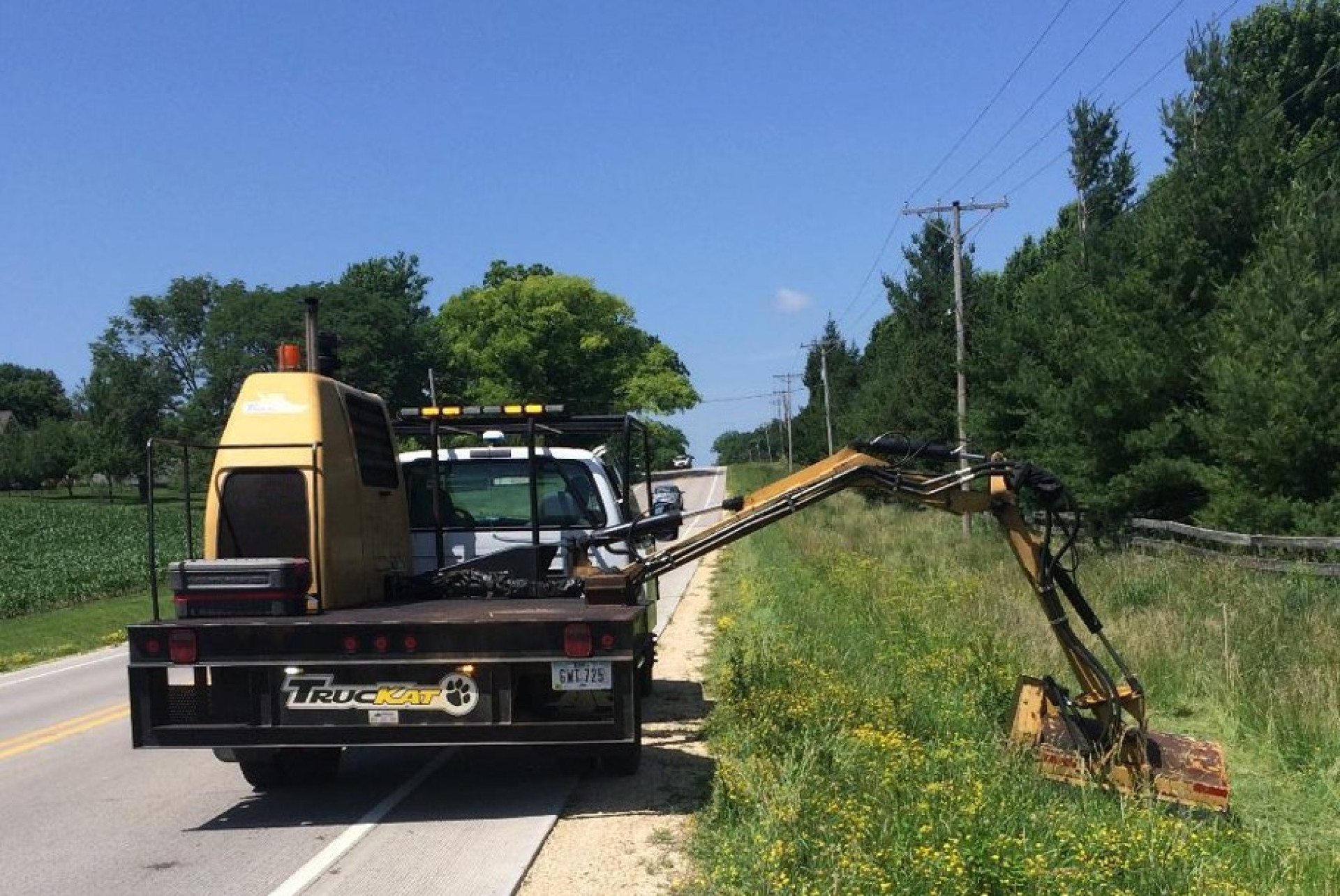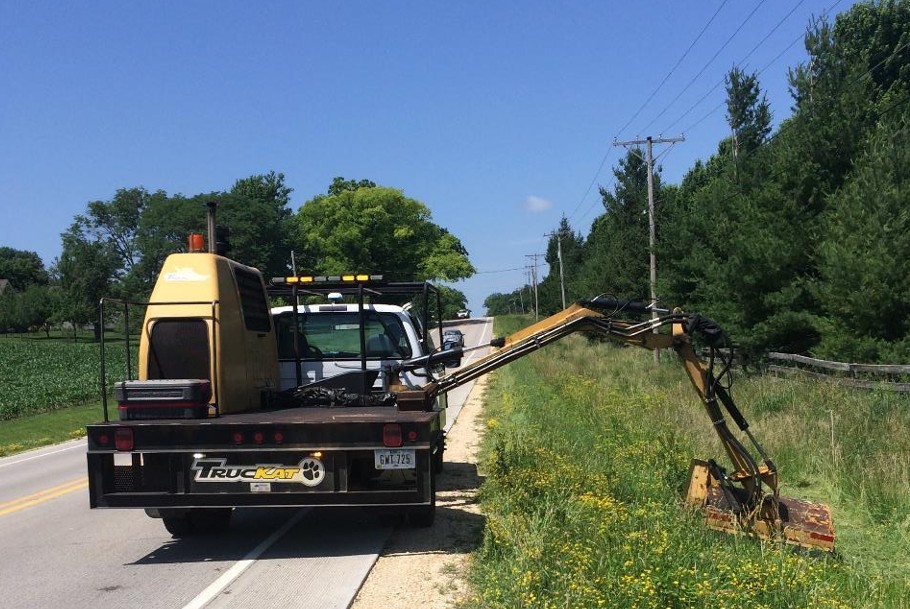
1,000 Mile Pilot
The 1,000 Mile Pilot transformed 1,000 miles of Linn County roadsides into pollinator habitats. Led by Monarch Research and supported by local partners, the project planted native mini-prairies, enhancing biodiversity and reducing maintenance costs. This innovative program demonstrates how underutilized public lands can support pollinators and serve as a model for sustainable roadside management.


1,000 Mile Pilot: Restoring Iowa's Roadsides
The 1,000 Mile Pilot is a groundbreaking partnership with Linn County Secondary Roads to convert 1,000 miles of roadside rights-of-way into thriving pollinator habitats. By planting mini-prairies in secondary roadside ditches, the project transforms underutilized land into vital ecosystems. County roadsides make up 46% of public lands in Iowa, with Linn County alone managing 2,200 ditch miles. At the conclusion of the pilot in fall 2024, a total of 52,448 plots were completed.
The initiative benefited from diverse partnerships: Kirkwood Community College provided students and support field operations for surveying data collection, while Linn County GIS contributed advanced technology, sample plots, and data collection capabilities. Monarch Research designed a comprehensive survey to guide the project, ensuring precision in execution. The native seed mix, developed with assistance from Iowa State University, was mowed, sprayed, and air-seeded by MRP employees before being maintained by county workers. This seed mix utilized milkweed seeds harvested from the Monarch Research property.
Why is the 1,000 Mile Pilot Important?
This program aligns with national efforts to improve pollinator habitats along transportation corridors and maximizes the potential of Iowa’s largest underutilized public lands. “Secondary roadsides are the largest amount of underutilized land in Linn County,” says Megan Huck, Roadside Vegetation Manager for the Linn County Secondary Road Department. Joe McGovern, president of the Iowa Natural Heritage Foundation, adds: “This plan is a great example of partnering to make a difference, and I hope this model can be used all over Iowa.”
Where Can I See the Pilot in Action?
The pilot began in the southeastern quadrant of Linn County, with additional quadrants completed annually over the four-year project timeline. As the prairies mature, residents can expect minimal blooms during the first year as the plants establish deep roots, with vibrant flowers appearing by the second year. By year three, the mature native plants will dominate the site, requiring little maintenance and reducing long-term roadside management costs for Linn County.
The 1,000 Mile Pilot demonstrates how collaboration and innovative use of public land can support pollinators, reduce maintenance costs, and create replicable models for sustainable roadside management practices.